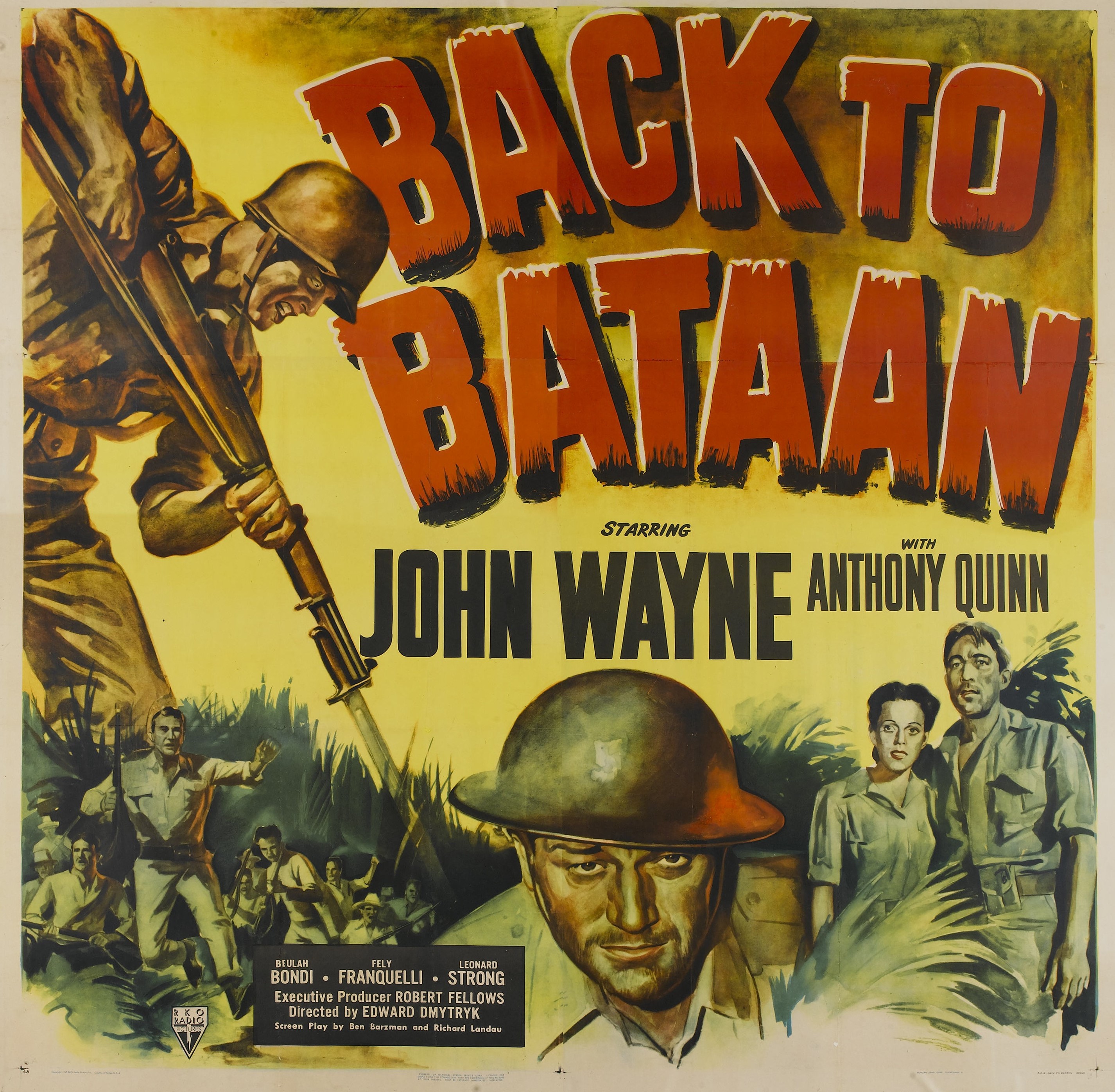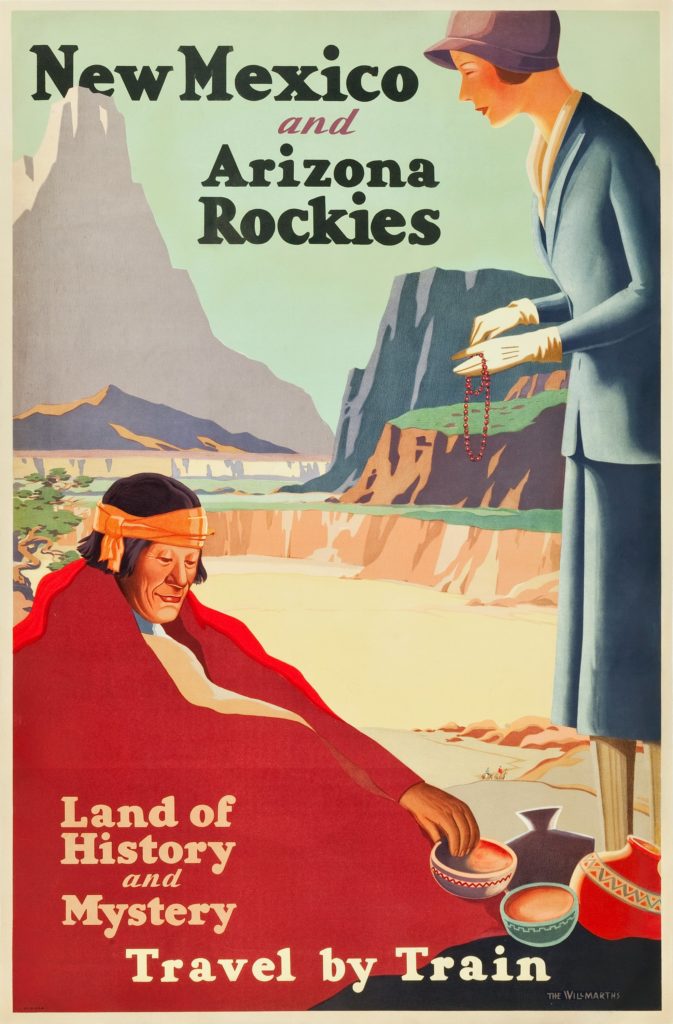
“Everybody has a plan, until they get punched in the face.” – Mike Tyson
By Jim O’Neal
Throughout history, armies have always made plans. Alexander the Great had one to invade the Persian Empire to capture or kill Emperor Darius III. Phillip II of Spain had a plan to defeat England in 1588 by sailing an armada up the Channel, load his troops and land in Kent. The Duke of Marlborough planned to save Holland in 1704 by luring the French army down the Rhine and defeat it away from their home base.
Another famous plan by Hannibal in the Second Punic War was evading Rome’s navy, crossing the Alps and confronting the Legions in their homeland. Even the United States had a plan in 1861 to strangle the South by blockading the Mississippi River and all southern ports (the Anaconda Plan).
All these plans were made in the midst of war or when war was imminent. By 1870, war planning evolved to abstract contingencies for use only if a war became a reality. It was a futile effort of the paranoid, since war can become a reality if an overwhelming force becomes available for use by some ambitious leader (O’Neal’s Rule).
The Second World War – when it inevitably started in 1939 – was simply a continuation of the First World War. It was tragic and unnecessary conflict. Unnecessary because the train of events could have been interrupted at any point during the five weeks that preceded the first clash of arms. Tragic because the war ended the lives of 16 million people, tortured the lives of millions more, and destroyed the benevolent and optimistic culture of the European continent.
The puzzlement, of course, was how such a catastrophe came out of a cloudless sky in 1914 to a population raised to believe that war could never trouble their continent again. In the summer of that year, Europe enjoyed peaceful economic prosperity, so dependent on international exchange and cooperation that the prevailing wisdom considered war an impossibility.
A bestseller in 1910, The Great Illusion was an analysis of economic interdependence. It confirmed that war would be deterred by any threat to the disruption of international credit, and both industrial and commercial society were unambiguous in agreement. Industrial output was strong. New categories of manufactured goods, chemical dyes and internal-combustion vehicles flourished as new sources of cheaply extracted materials became more widely available. Rising populations everywhere and the enormous expansion of overseas empires were followed by a second revolution in transportation – steamships overtook sailing-ship tonnage.
Banks recovered their confidence. Gold-backed capital was circulating freely and fueled Russian railways, South African gold and diamonds, South American cattle, Australian sheep, Malaysian rubber and Canadian wheat. Every sector of the United States’ enormous economy devoured European capital as fast as it became available.
Naturally, everyone had strategic alliances (just in case), armies built up to offset naval imbalances (just in case), and contingency plans. However, diplomatic communications had not kept pace, as their need was a quaint relic of the past. There was no need since there was no trouble. Everybody was too busy getting rich.
War? Not a chance (plus, everyone had a “plan”). Maybe boxer Mike Tyson is smarter than we give him credit for.
 Intelligent Collector blogger JIM O’NEAL is an avid collector and history buff. He is president and CEO of Frito-Lay International [retired] and earlier served as chairman and CEO of PepsiCo Restaurants International [KFC Pizza Hut and Taco Bell].
Intelligent Collector blogger JIM O’NEAL is an avid collector and history buff. He is president and CEO of Frito-Lay International [retired] and earlier served as chairman and CEO of PepsiCo Restaurants International [KFC Pizza Hut and Taco Bell].












